As the official Aventon dealer in Canada, EZBike Canada is proud to offer the authenticity, reliability, and warranty support that come with purchasing directly from the manufacturer. Rest assured, when you choose an Aventon electric bike from EZBike Canada, you're getting a genuine product backed by Aventon's commitment to quality and customer satisfaction.
Visit our showroom or explore our user-friendly online store to discover the exciting range of Aventon electric bikes available at EZBike Canada. Start your electrifying cycling journey with confidence, knowing that you have chosen the best in the business. We look forward to helping you find your perfect Aventon e-bike and enhancing your riding experience across the beautiful landscapes of Canada.

Factors to Consider When Buying an Electric Bike:
- Budget - Determine your spending limit and find options within your price range.
- Riding Classifications - Understand the distinctions among the three classes of electric bikes and choose one that suits your needs.
- Battery Types - Explore the various battery options available and their respective capabilities.
- Power Assistance - Consider whether you prefer a pedal-assist system, throttle control, or a combination of both.
- Range - Assess the estimated distance an electric bike can travel on a single charge.
- Drive System - Evaluate the drivetrain components and their efficiency in transferring power to the wheels.
- Motor Performance - Examine the motor specifications, such as power output and responsiveness.
- Speed - Determine the maximum speed the electric bike can reach.
- Sensor Technology - Learn about the types of sensors used in electric bikes and their impact on performance.
- Frame Construction - Consider the design and material of the bike frame for durability and comfort.
- Warranty - Check the warranty coverage offered by the manufacturer to ensure long-term support.
- Riding Experience - Test ride the electric bike to assess its handling, comfort, and overall ride quality.
- Safety Certifications - Look for bikes that meet safety standards and carry relevant certifications.
- Unique Features - Take note of any special features or components that enhance the bike's functionality or convenience.

-
Budget: When determining your budget, it's important to consider how much you're willing to invest in an electric bike. Electric bikes can vary widely in price, depending on factors such as brand, features, and overall quality. Setting a budget helps you narrow down your options and focus on electric bikes that offer the best value within your financial range.
-
Riding Classifications: Understanding the three classes of electric bikes allows you to choose a bike that aligns with your riding needs and local regulations. Class 1 electric bikes provide pedal-assist up to a certain speed, typically 20 mph (32 km/h). Class 2 electric bikes feature a throttle that allows you to ride without pedaling. Class 3 electric bikes offer pedal-assist up to higher speeds, usually 28 mph (45 km/h). Familiarizing yourself with these classifications helps you select an electric bike that complies with local laws and suits your preferred riding style.
-
Battery Types: Electric bikes rely on batteries to power the motor. The most common battery types used in electric bikes are lithium-ion (Li-ion) and lithium-polymer (LiPo). Li-ion batteries are known for their energy density, longer lifespan, and lightweight design. LiPo batteries, on the other hand, offer higher discharge rates and are often used in high-performance electric bikes. When considering battery types, it's important to examine factors such as capacity (measured in watt-hours), charging time, and overall lifespan. A higher-capacity battery generally provides a longer range per charge, but it may also increase the weight and cost of the electric bike.
-
Power Assistance: Electric bikes offer different modes of power assistance, typically through pedal-assist and throttle control systems. Pedal-assist systems provide motor assistance when you pedal, amplifying your pedaling effort. Throttle control systems allow you to activate the motor with a twist grip or button, without the need for pedaling. Some electric bikes offer a combination of both systems. Consider your preferred level of control and comfort when selecting the power assistance mechanism that suits your riding style.
-
Range: The range of an electric bike refers to the distance it can travel on a single battery charge. Factors that affect range include battery capacity, terrain, rider weight, assist level, and riding conditions. It's important to evaluate the estimated range provided by the manufacturer, keeping in mind that real-world range may vary. If you plan on longer rides or commuting, choosing an electric bike with a sufficient range is crucial to ensure you reach your destinations comfortably without running out of battery power.
-
Drive System: The drive system of an electric bike includes components such as the chain, gears, and the motor's connection to the drivetrain. There are two main types of drive systems: hub drive and mid-drive. Hub drive systems place the motor in either the front or rear wheel hub and provide direct power to the wheel. Mid-drive systems position the motor near the bike's bottom bracket, transferring power through the bike's gears. Each system has its advantages and considerations. Hub drives offer simplicity and ease of maintenance, while mid-drives provide better weight distribution and a more natural riding experience.
-
Motor Performance: The motor is a crucial component of an electric bike as it determines the level of power and assistance you receive while riding. Motors are typically categorized by their power output, often measured in watts. Higher wattage motors generally offer more torque and acceleration. Additionally, consider factors such as motor efficiency, responsiveness, and noise level.
-
Speed: Electric bikes have different speed capabilities, and it's important to consider your local regulations and personal preferences when selecting a bike. Class 1 electric bikes typically have a maximum assisted speed of 20 mph (32 km/h), while Class 3 electric bikes can reach speeds up to 28 mph (45 km/h). Keep in mind that higher speeds may require additional safety measures and compliance with local laws.
-
Sensor Technology: Electric bikes utilize various types of sensors to detect pedaling force, speed, and other parameters to deliver appropriate levels of power assistance. Common sensor types include cadence sensors, torque sensors, and combined cadence/torque sensors. Cadence sensors measure how fast you're pedaling, while torque sensors detect the force you apply to the pedals. Combined sensors provide a more advanced and responsive power assistance system. Understanding the sensor technology helps you choose an electric bike that provides a smooth and intuitive riding experience.
-
Frame Construction: The frame of an electric bike plays a crucial role in its overall durability, comfort, and handling. Frames are commonly made of materials such as aluminum alloy, carbon fiber, or steel. Aluminum alloy frames are lightweight, durable, and corrosion-resistant, making them a popular choice. Carbon fiber frames offer excellent vibration damping and can be lighter than aluminum, but they tend to be more expensive. Steel frames provide durability and a smoother ride but can be heavier. Consider the frame design, material, and geometry to find an electric bike that balances weight, strength, and comfort for your intended use.
-
Warranty: When investing in an electric bike, it's important to consider the warranty coverage provided by the manufacturer. A comprehensive warranty offers peace of mind, ensuring that you receive support and assistance in case of manufacturing defects or component failures. Pay attention to the length of the warranty, specific coverage details, and any conditions or limitations that may apply.
-
Riding Experience: To truly assess an electric bike's suitability for your needs, it's recommended to test ride it whenever possible. Pay attention to factors such as comfort, handling, responsiveness, and stability. Consider the ergonomics of the bike, including the position of the handlebars, saddle, and pedals. A comfortable and enjoyable riding experience enhances your overall satisfaction with the electric bike.
-
Safety Certifications: Ensure that the electric bike you choose meets relevant safety standards and certifications. Look for certifications such as EN 15194 in Europe or UL 2849 in North America. These certifications indicate that the electric bike has undergone testing to ensure its electrical and mechanical components meet safety requirements. Checking for safety certifications helps ensure that you're riding a reliable and safe electric bike.
-
Unique Features and Additional Components: Lastly, consider any unique features or additional components that may enhance your riding experience. These could include features like integrated lights, suspension systems, adjustable handlebars, or racks for carrying cargo. Assess these extras based on your personal preferences and requirements to find an electric bike that provides added convenience and functionality.

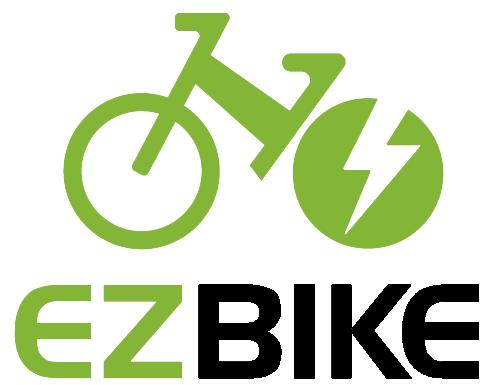
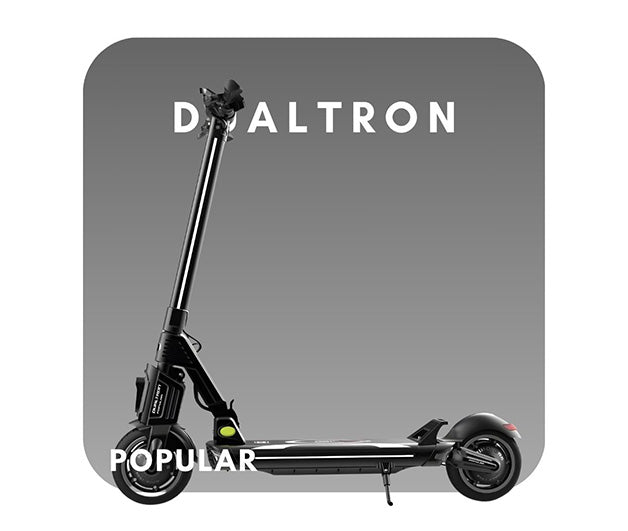
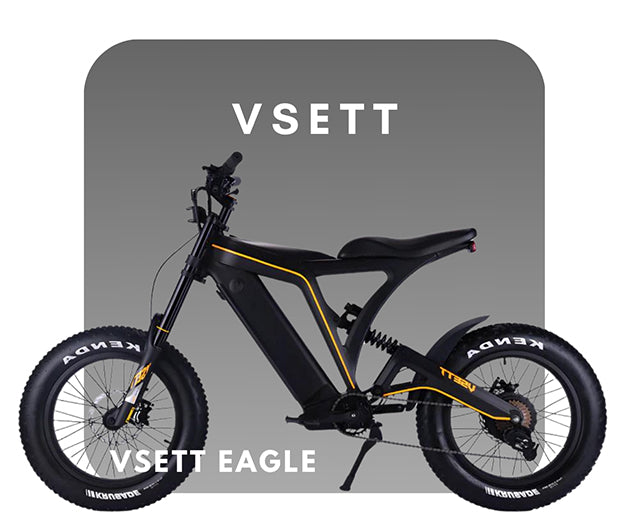
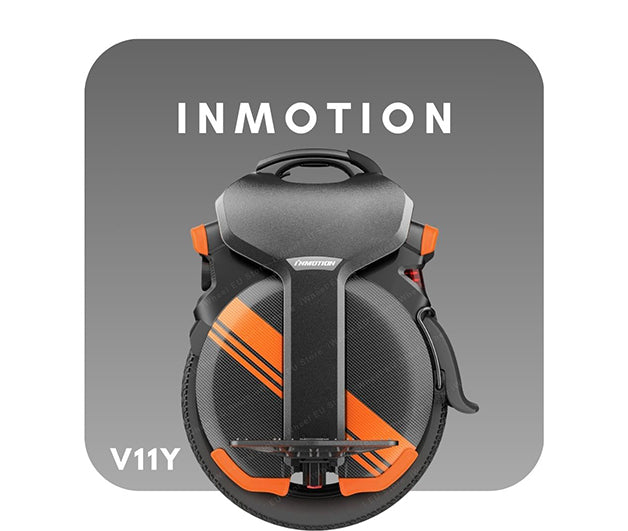
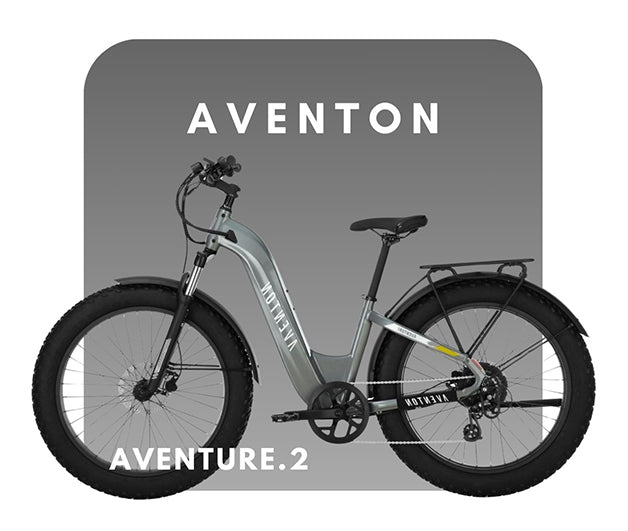
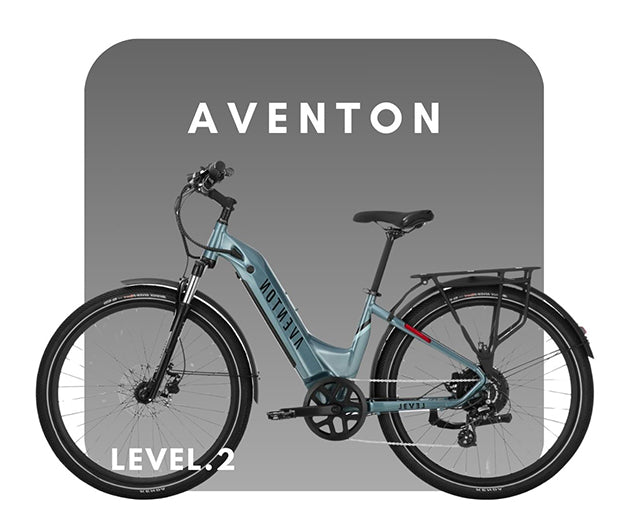
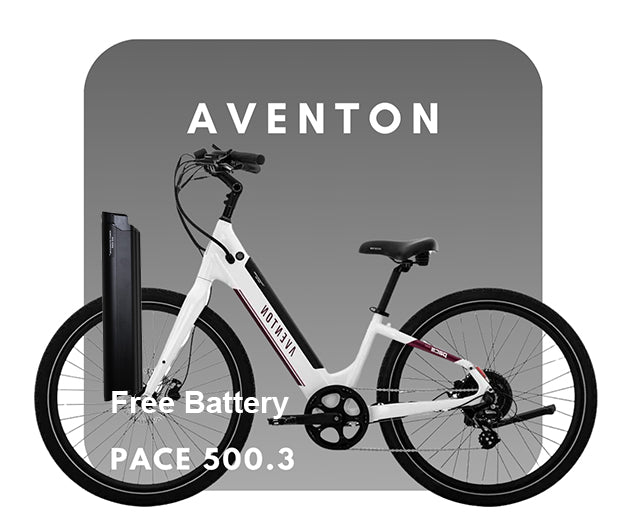
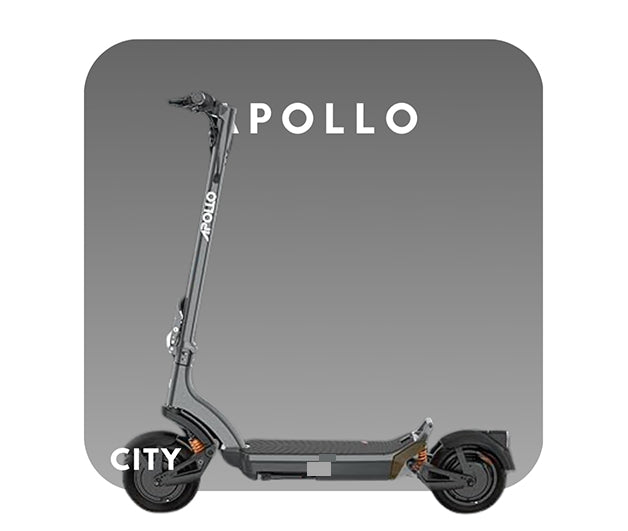
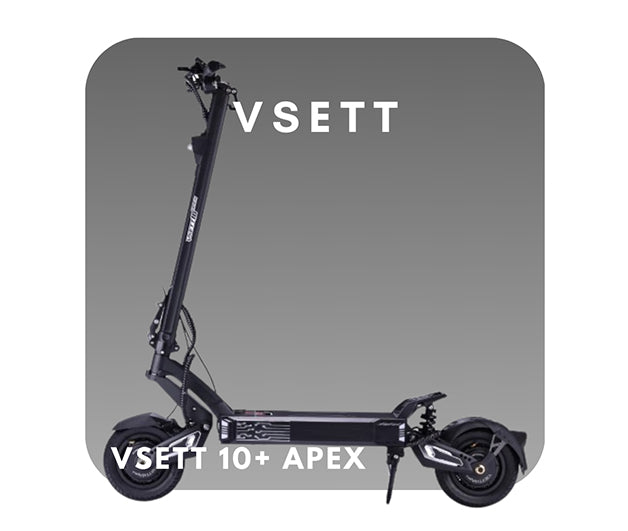
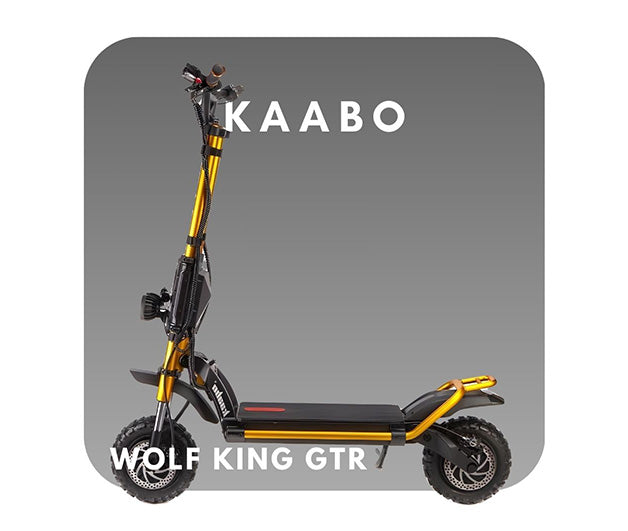
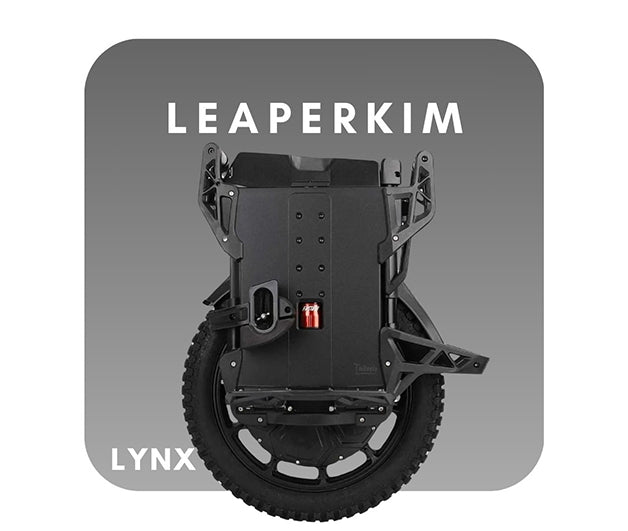
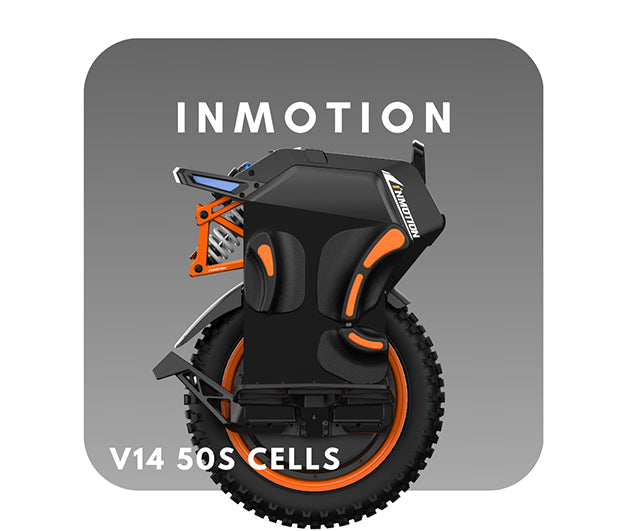
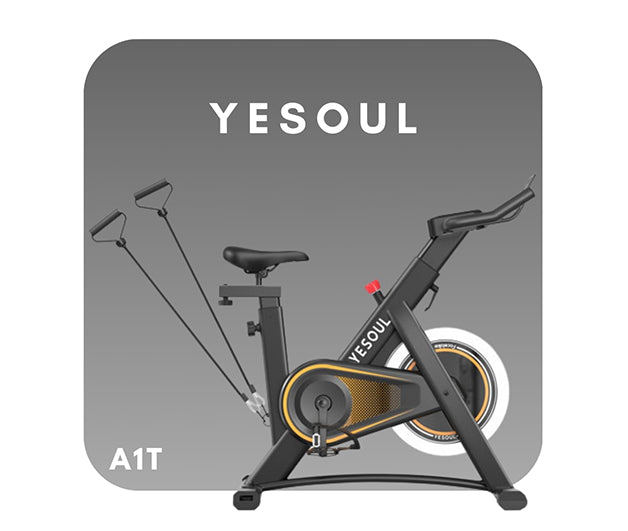
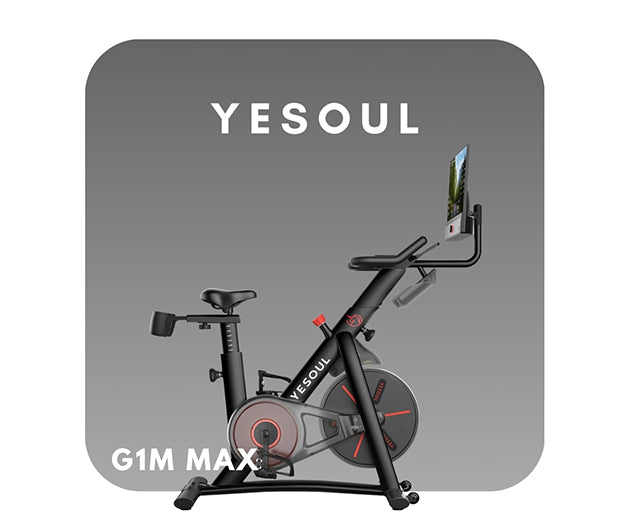

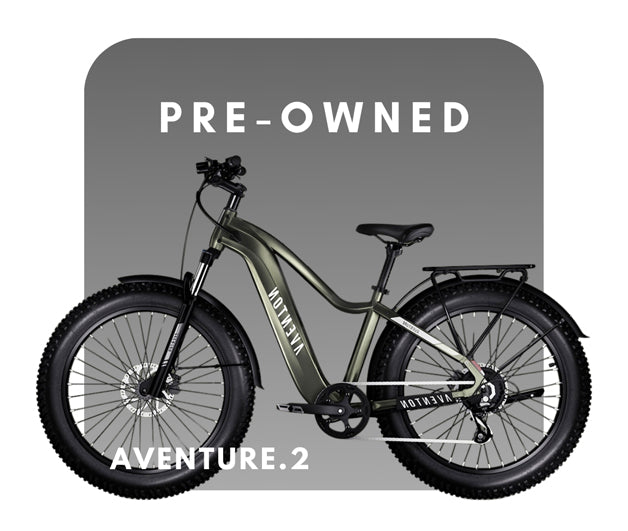
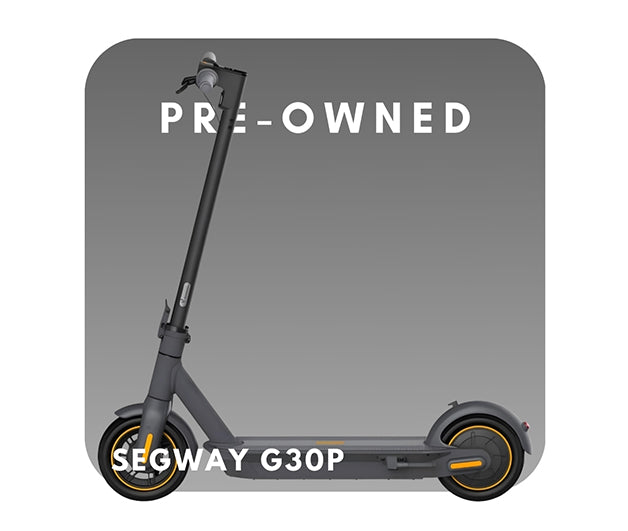
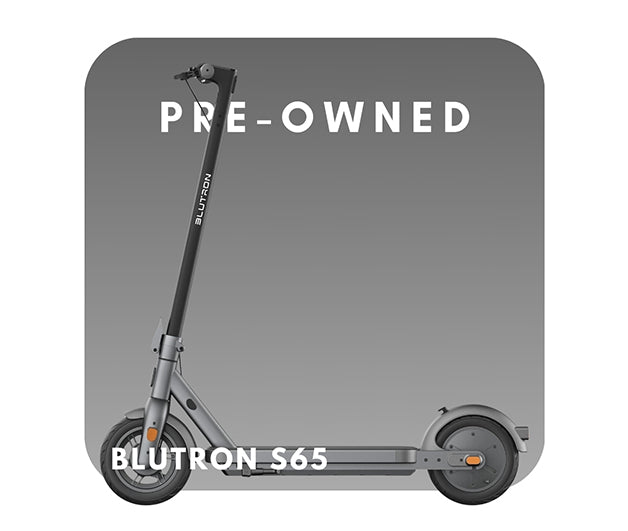

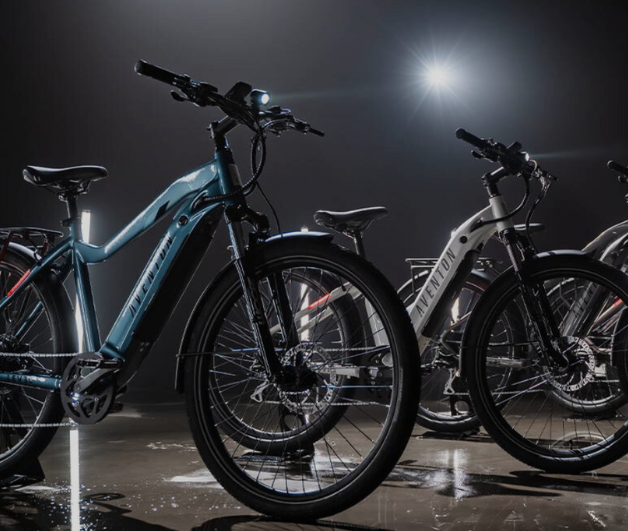

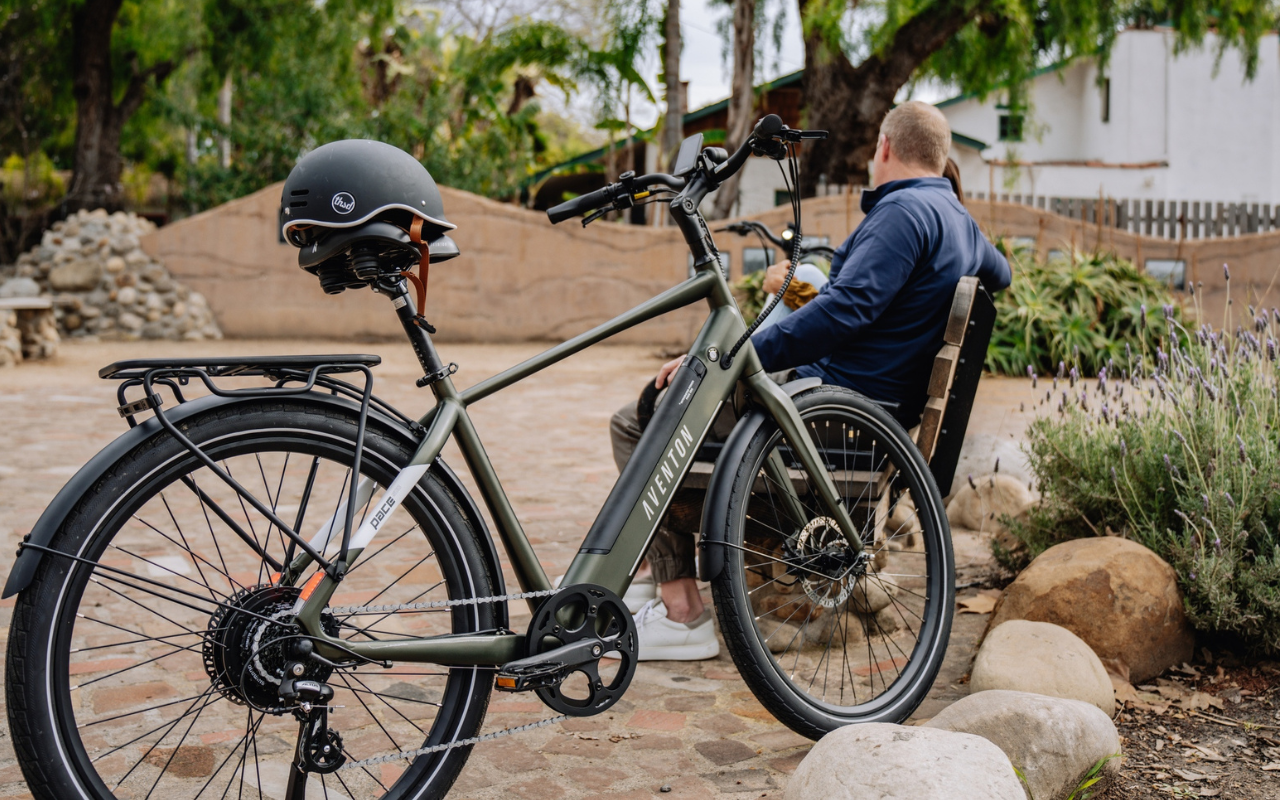
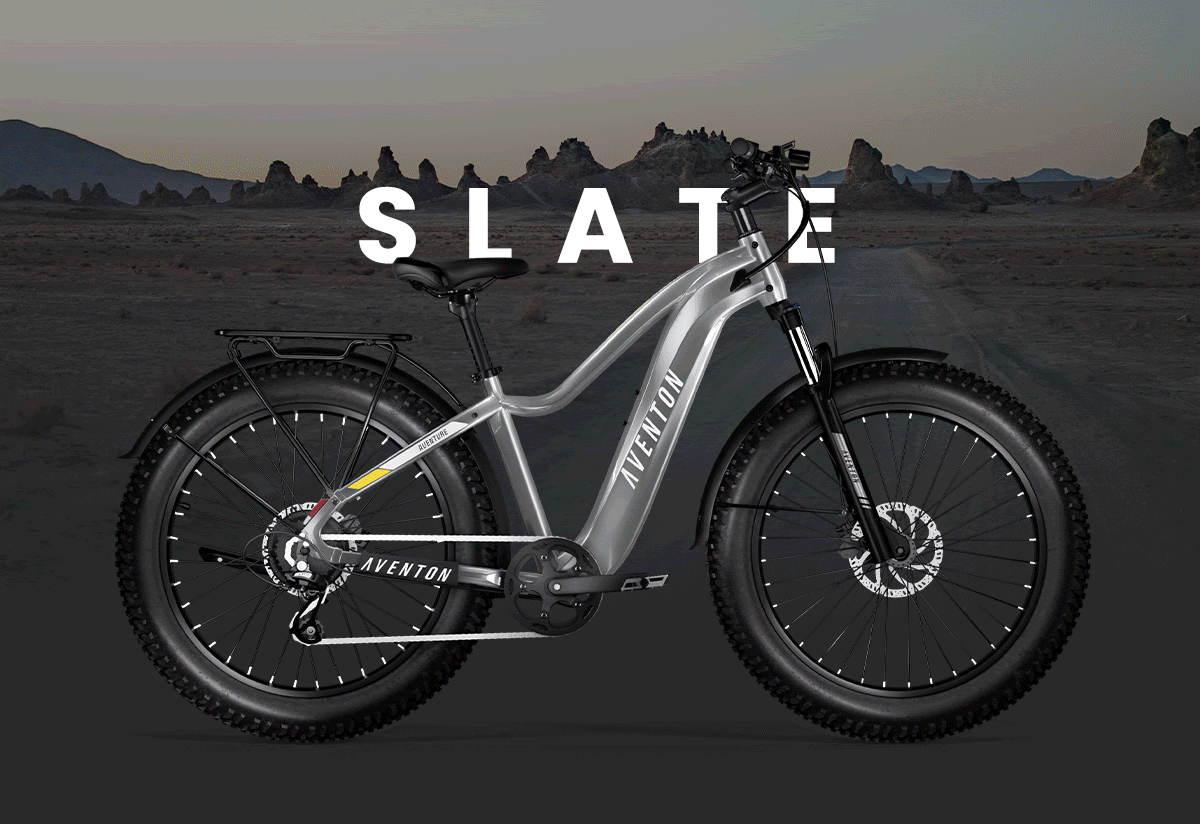

Leave a comment
This site is protected by hCaptcha and the hCaptcha Privacy Policy and Terms of Service apply.